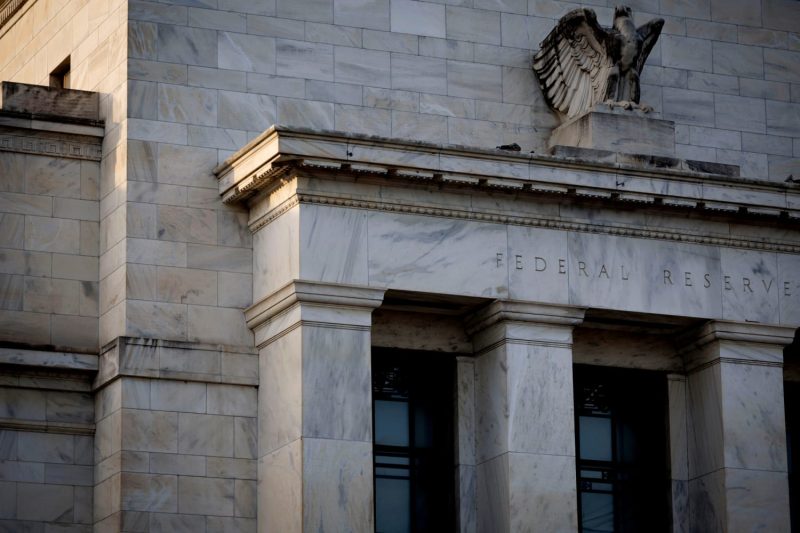In the grand chorus of financial markets, there exists a block of chorus vocalizing an increasingly loud demand for the Federal Reserve – the U.S. central bank, to make a move towards effecting interest rate cuts. This group is clutching at indications of possible economic slowdown as fodder for their demands. The sizeable question on the minds of economists, analysts and traders, however, is “what exactly are the markets looking for?”
Financial markets are buoyant with the excitement of speculations favoring interest rate cuts. Their motivation lies in the perceived benefits this cut could bring. An overview of the evolving economic situation may be enlightening in this regard. The clamoring end of the market mostly points to two things: the weakening global economy, and the somewhat entrenched U.S-China trade tension, seen as serious enough threats to the U.S. economy.
Primarily, markets reason that interest rate cuts could serve as a soft pillow to cushion the hit that the U.S. economy might take from these challenges. By reducing the cost of borrowing, interest rate cuts would stimulate business investments and consumer spending, thereby helping to keep the economy alive and vibrant. The cheaper credit would incentivize companies to borrow more, for expansion or otherwise, thereby improving employment rates. This upside is particularly appealing in light of recent job data which came in much weaker than expected.
Moreover, the clamor for a rate cut is fueled by the expectation that it would provide a fillip to the weak inflation rates. Current inflation rates are chronically below the Fed’s target of 2%, reducing interest rates could stimulate price growth towards the Fed’s target.
Despite the justifiable motives, the clamoring for rate cuts overlooks a few significant realities. Firstly, care needs to be taken to ensure that an interest rate cut would not overstimulate the economy and create an inflation spike. Secondly, while rate cuts may address immediate concerns, they may not remedy underlying issues causing the current economic strains. For instance, even though rate cuts could potentially ease the burden on companies dealing with tariffs, they would not eliminate the tariffs themselves or resolve the U.S-China trade conflict.
Significantly, the markets seem to neglect the fact that reduced interest rates would lead to a shrink in the Fed’s room for maneuver in the face of a genuine economic recession. Should a downturn occur, the potency of interest rate cuts (a primary tool in battling recession) would be diluted if rates have already been lowered substantially. This can potentially put the economy in a dangerous situation in the future.
The Fed itself seems hesitant to succumb to market pressures. Fed Chair Jerome Powell, recognizing the threats posed by trade conflicts and weak global growth, equally emphasizes the resilience of the U.S. economy. He has taken a measured stance, asserting that the central bank will act as appropriate to sustain the economy. It is clear that the Fed is wary of a premature movement towards interest rate cuts, which might cause more harm than good in the long run.
In conclusion, the markets’ clamoring for an interest rate cut, while not unfounded, appears to lean heavily on immediate benefits with little regard for potential repercussions. They seek a quick fix, a soft landing in turbulent times, but economic decisions are complex and multi-faceted, requiring a careful balance between immediate needs and future stability. While the current economic climate does present challenges, it is important to not lose sight of the underlying issues and long-term impact of such decisions. The question remains, will the Fed yield to the clamoring markets or will it navigate its own course?




